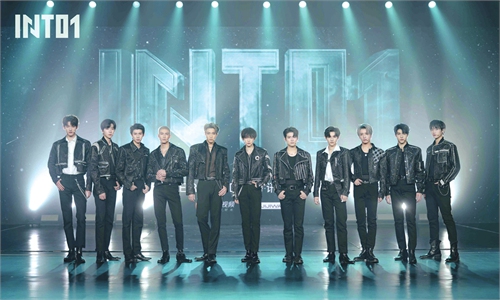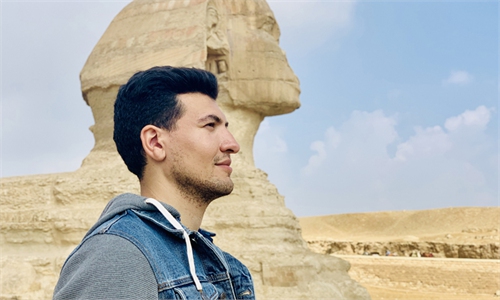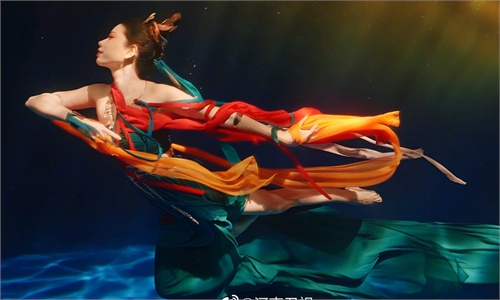ARTS / ART
Chinese artisan makes restoring ancient armor a lifetime career
Spiritual protection
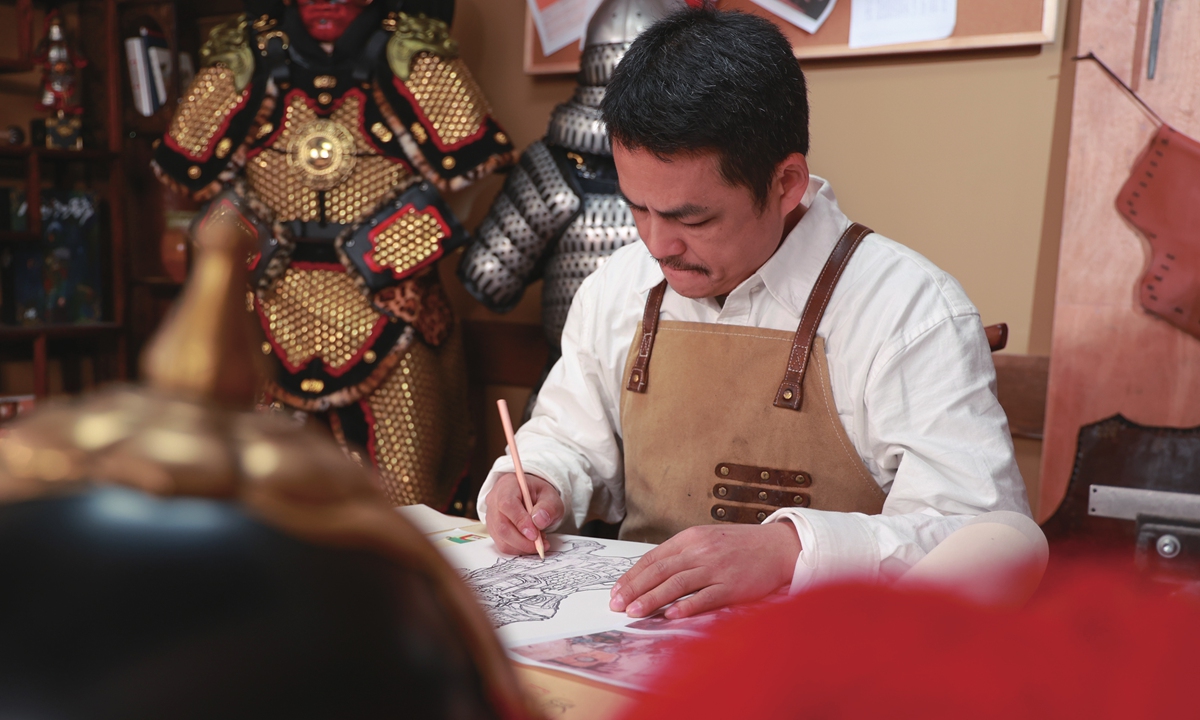
Wen Chenhua works on a suit of armor. Photo: Courtesy of Wen Chenhua
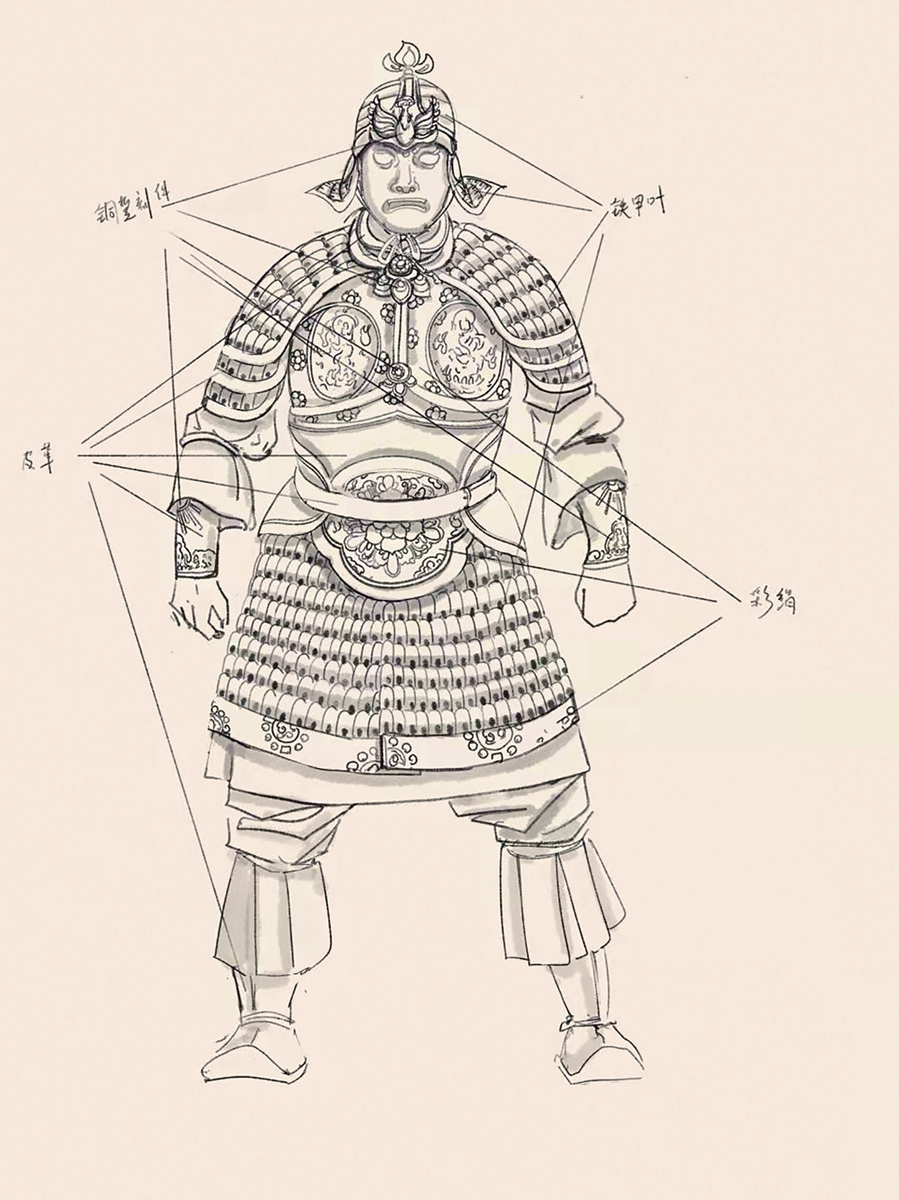
Designs for armor sets restored by Wen Photo: Courtesy of Wen Chenhua
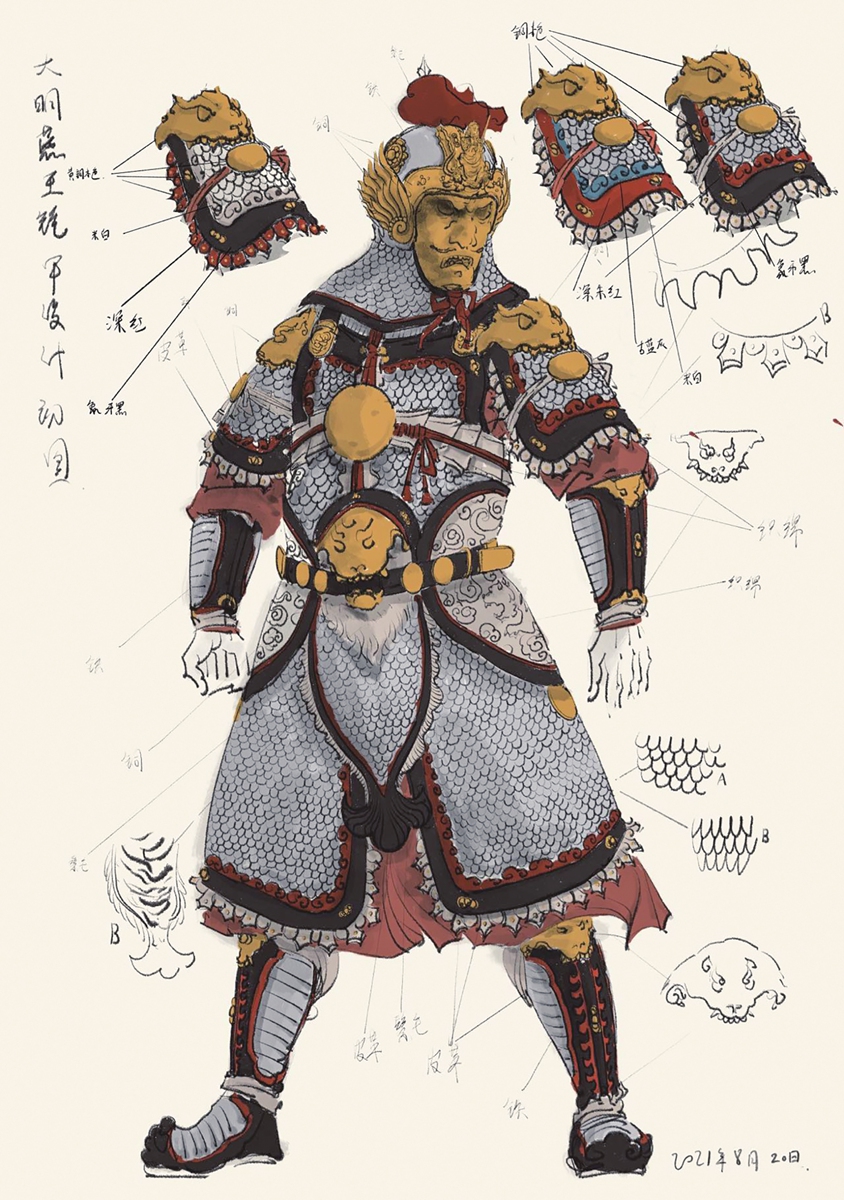
Designs for armor sets restored by Wen Photo: Courtesy of Wen Chenhua
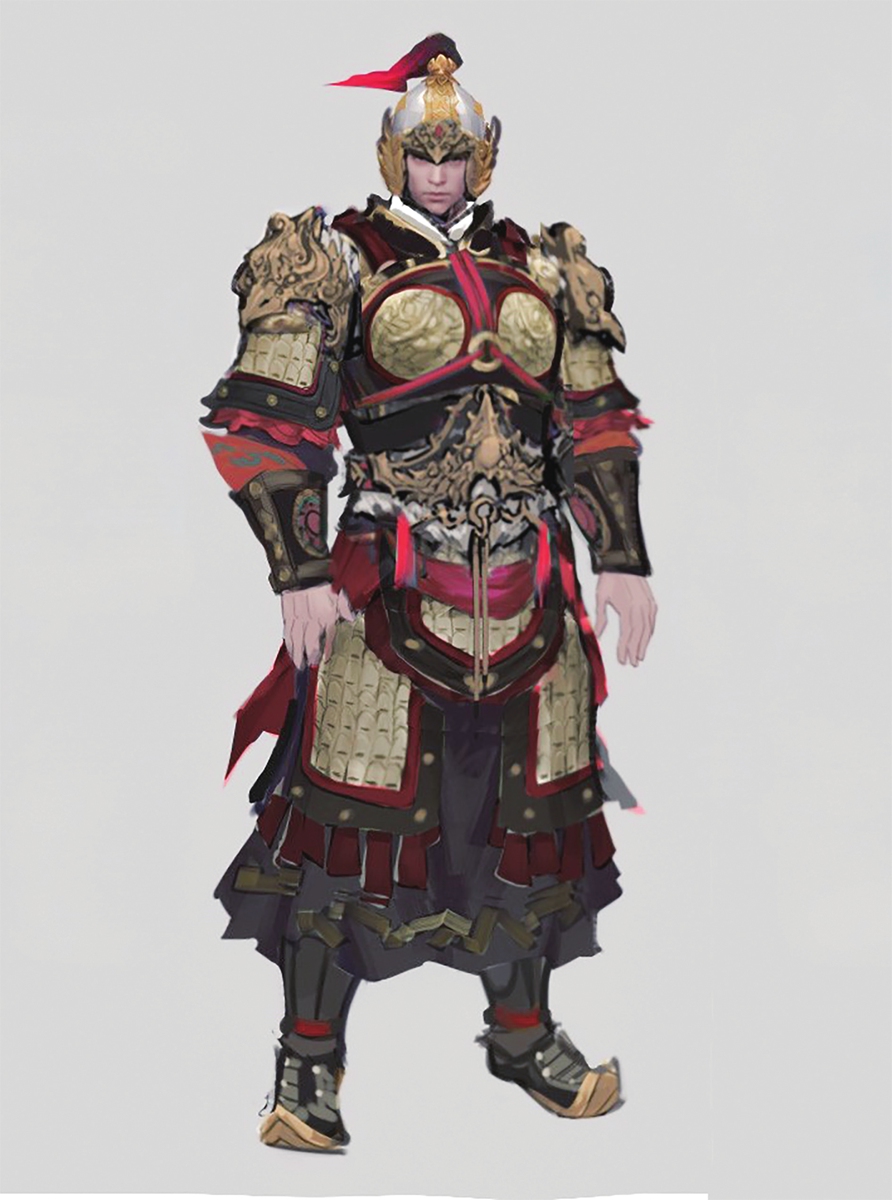
Designs for armor sets restored by Wen Photo: Courtesy of Wen Chenhua
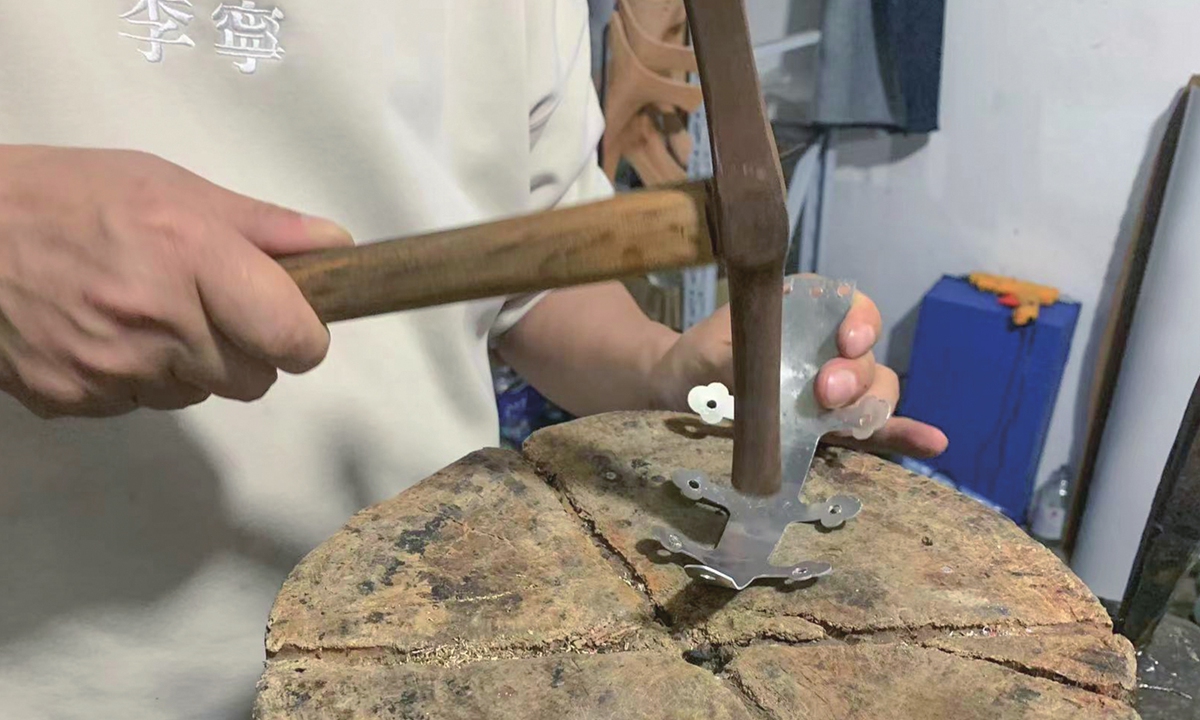
Wen Chenhua works on a suit of armor. Photo: Courtesy of Wen Chenhua
Visitors to the Yangguan Museum in Dunhuang, Northwest China's Gansu Province, over the recent May Day holiday had the opportunity to see the first restored Mingguang armor from the Tang Dynasty (618-907). The 1.86-meter-tall suit of armor gave visitors a window through which they could appreciate the wisdom of ancient Chinese artisans and the charm of China's armor culture.Wen Chenhua, the artisan who restored the armor that played a significant role on the battlefield more than 1,000 years ago, is one of the biggest fans of ancient armor in China.
Following his passion, he has made the restoration of armor his lifelong career.
In an interview with the Global Times, Wen said that these protective suits for soldiers from olden times have not lost their practical function today as he thinks they act as a spiritual protection that gives him peace of mind.
Since 2008, Wen and his team of over 30 people have produced more than 10,000 armor replicas according to ancient samples, gradually gathering thousands of followers from around the world who have been caught up by the charm of Chinese armor culture.
"We believe that these splendidly designed armor is a symbol of our nation's glorious past," Wen said.
Searching for clues
"Which one was the most difficult to restore? I have to say that none of them have been easy," Wen told the Global Times.
Since 2008, when he first successfully restored a suit of Song Dynasty (960-1279) armor, Wen has crafted armor from the Qin Dynasty (221BC-206BC) all the way to the Ming Dynasty (1368-1644). As some armor lacked historical records, Wen had to think of other means to figure out what they looked like.
In order to make a single set of armor, Wen travels to museums and temples all over the country to copy the murals and statues there with his sketchbook.
Armor from the Tang and Song dynasties are Wen's favorites. He pointed to the Mingguang armor as a specific example.
Mingguang means "bright and shiny" and in this case refers specifically to glittering nature of the breastplate of the armor, according to Wen.
Due to prohibitions against privately storing suits of armor in ancient times, there are very few complete suits of armor that have been well preserved in China and detailed written records remain scarce.
Although Wen found many mentions of ancient armor in historical records such as those about the battles of Li Shimin, an emperor of the Tang Dynasty who expanded into ancient Korea, but most records did not discuss what the armor actually looked like.
On many occasions he has visited the Mogao Grottoes in Dunhuang to carefully examine a fresco of a Tang Dynasty general wearing armor as he led his army.
He also used the statues of goddesses in the Mogao Grottoes as references as the armor on some of these statues still had color. It took Wen and his team several months to restore the Mingguang armor.
It is composed of more than 1,300 iron pieces and weighs nearly 25 kilograms in total. They used modern technology to create patterns that were inspired by a traditional forging technique popular in the region during the Tang Dynasty.
Wen said that all of these endeavors are aimed at getting as close as possible to historical reality, noting that "no one can see the real Mingguang armor but I will try my best to restore the truth."
Persistence pays off
Wen's family did not support his obsession with armor at first since they saw the hobby as an expensive money waster up there as playing online games.
"Making a mold for a suit of armor was around 8,000 yuan ($1,200) at that time. They did not understand why I chose to make armor. But I stuck with it because I longed to see a piece of ancient armor that I made by my own hand," Wen said.
Wen's persistence brought him an increasing reputation among fans of ancient Chinese armor and military culture. Wen has more than 2 million followers on Sina Weibo and his workshop brings in more than 6 million yuan ($900,000) each year.
His team has also been experimenting with mass producing armor with machines to turn the ancient protective wear into merchandise, while continuing to restore armor lost to history.
Local and overseas fans, including many from Europe and the US, have contacted Wen to purchase the armor he makes.
Many overseas customers are people of Chinese origin, Wen said, adding that "our consumers upload photos of themselves wearing the armor, which sparks more interest in netizens around the world."
The current revival trend for traditional culture among young Chinese has also helped take Wen's armor career to new heights. He sees it as a good opportunity.
Wen noted that he has bonded with some loyal fans because of their shared fondness for armor.
One young man refused a discount Wen offered and insisted on buying an expensive bronze face mask at full price to support Wen's studio during the COVID-19 pandemic.
Wen mentioned that he feels a warm connection with these people.

